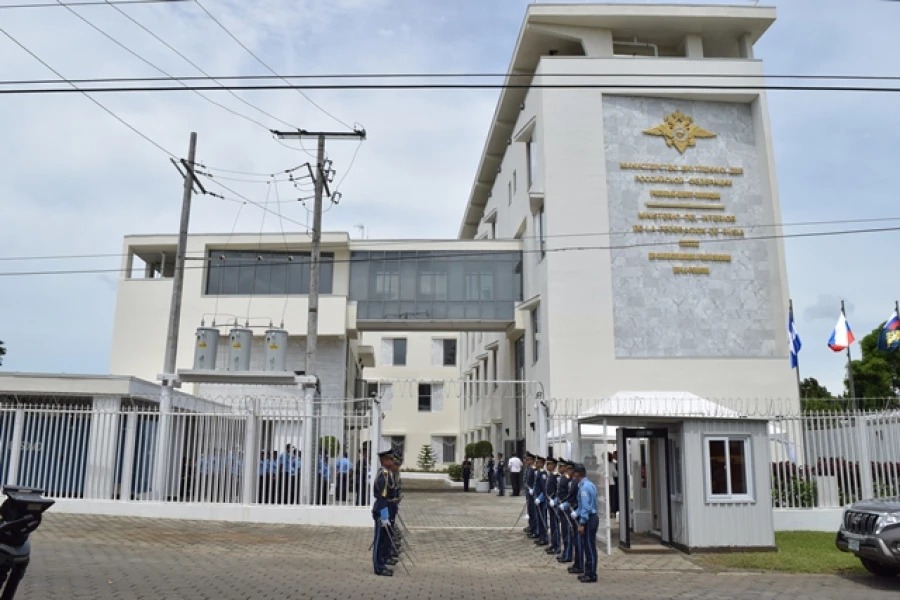The meteorologist from the Climatology Directorate of the Institute of Meteorology and Hydrology of Panama (IMHPA), Russy Carrera, spoke about the La Niña Phenomenon.
According to the IMHPA, El Niño-Southern Oscillation (ENSO) is a natural phenomenon that involves the fluctuation of ocean temperatures in the equatorial Pacific and causes variations in weather patterns in much of the world and is composed of three phases: Neutral, El Niño or warm phase and La Niña or cold phase.
The La Niña Phenomenon refers to the extensive cooling of the Equatorial Pacific Ocean, it is the opposite phase to El Niño, in addition, it is characterized by an increase in cloudiness and precipitation over continental areas in the Equatorial Pacific.
La Niña contributes to a more active hurricane and tropical storm season in the Atlantic Ocean basin. It is expected that this year in Panama, La Niña will occur for the second semester.
This phenomenon will cause an increase in rainfall in the regions located on the Panamanian Pacific slope, therefore, the soils will become saturated more quickly and increase the risk of flooding and landslides. However, in the Caribbean of Panama, rainfall will decrease and the frequency of the number of days with precipitation, although short but very intense periods of rain can be recorded, the turbidity of the water bodies also increases.











